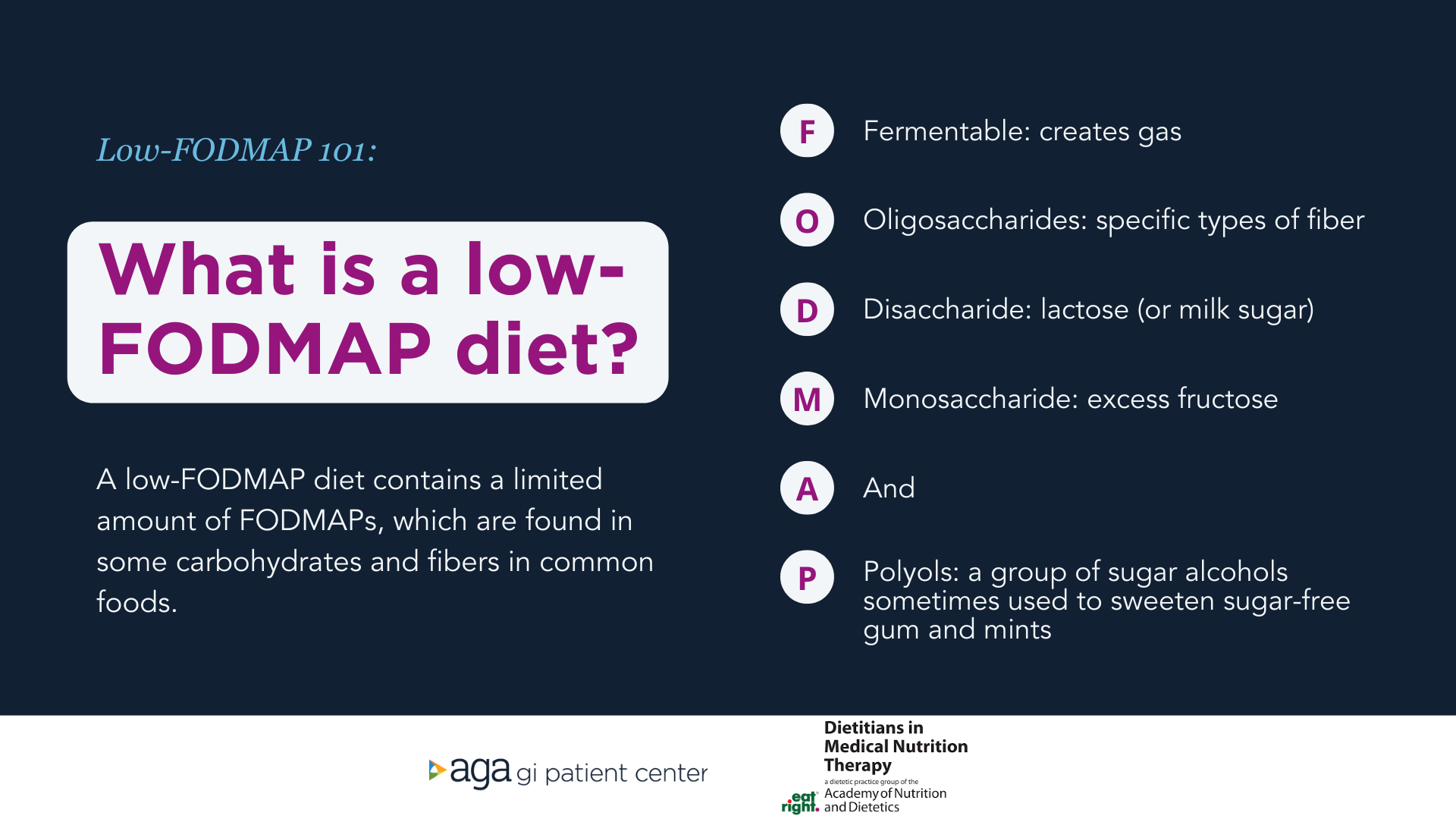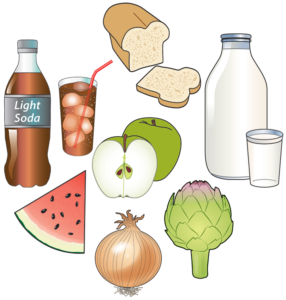Last week, we released two new IBS treatment guidelines in Gastroenterology. The guidelines recommend lifestyle and dietary modifications as a first-line treatment for all IBS patients.
Prescribing a low-FODMAP diet? We can help.
Send your patients to the AGA GI Patient Center to learn all about what a low-FODMAP diet is, and how to start on this diet plan.
Our low-FODMAP patient resource walks your patients through two approaches to changing their diet:
-
Lower the intake of FODMAPs by using lactose-free milk products, drinking water instead of sweetened beverages and fruit juices and cutting way back on onions and garlic.
-
Eliminate, then reintroduce FODMAPs into the diet and personalize based on which foods are tolerated well and which trigger symptoms.
For many patients, making minor dietary adjustments and learning how food choices and portion sizes affect symptoms will result in an improvement in their condition.
Share this resource on your website, social media, or through your EMR to help your patients take control of their IBS treatment management.
This content was created in partnership with Dietitians in Gluten and Gastrointestinal Disorders (DIGID), a subgroup within the Dietitians in Medical Nutrition Therapy of The Academy of Nutrition and Dietetics.













